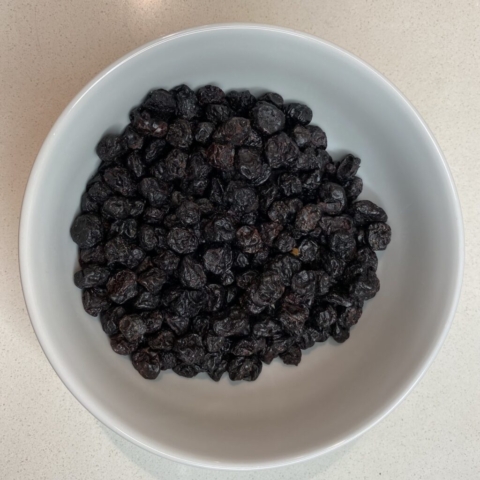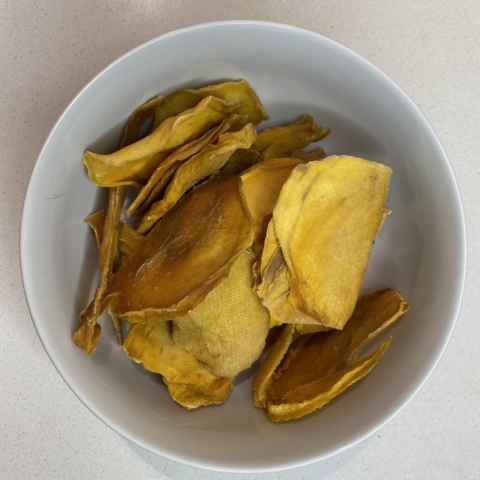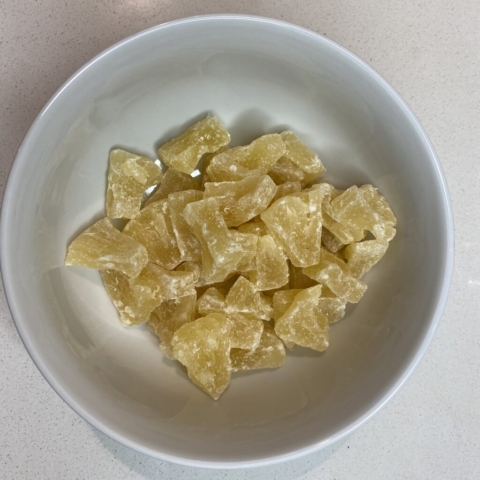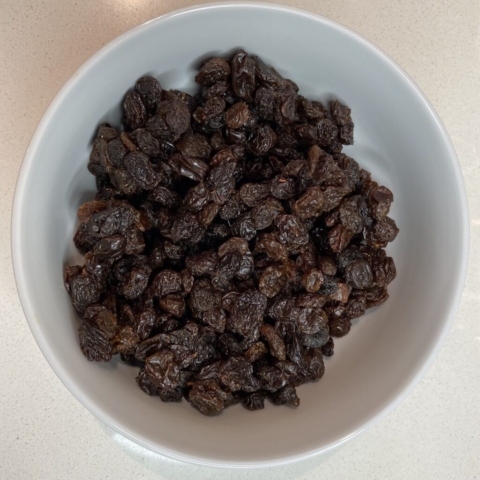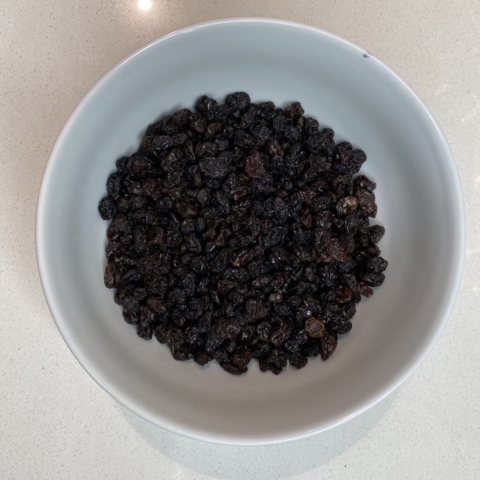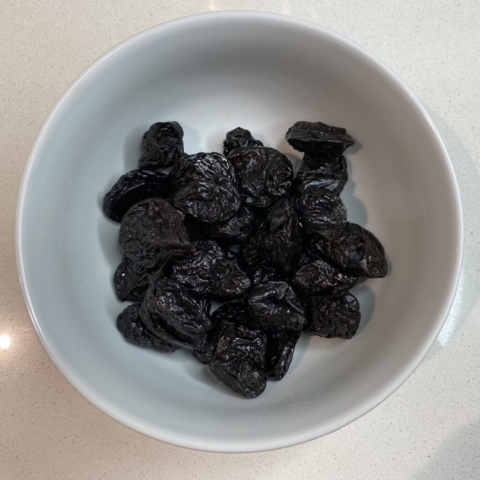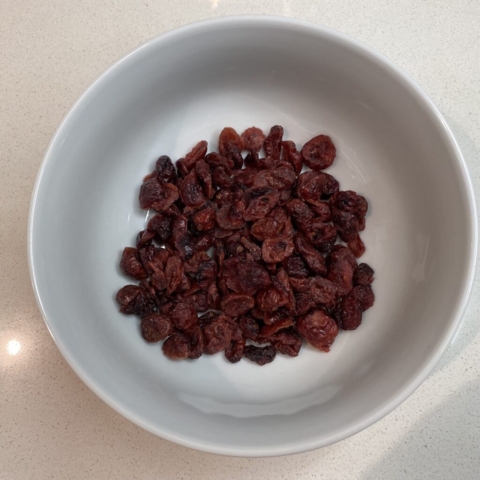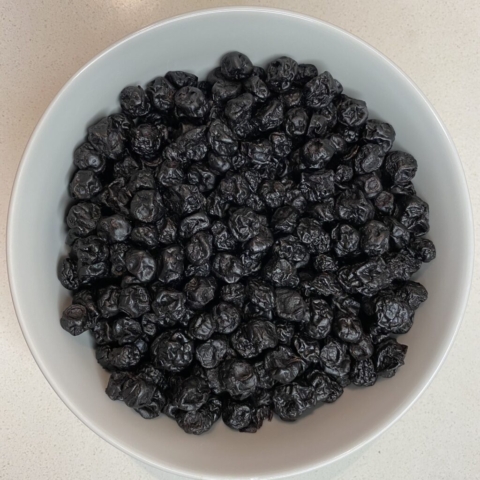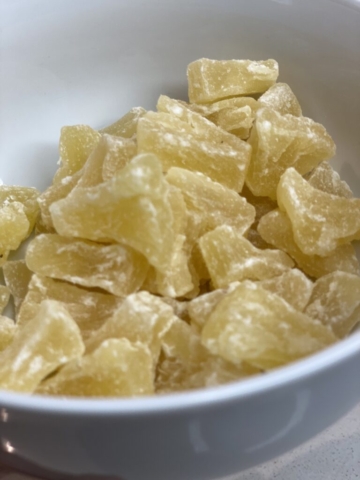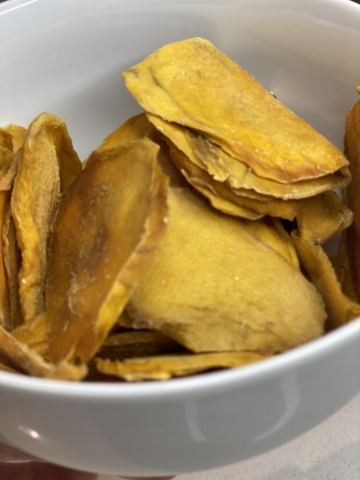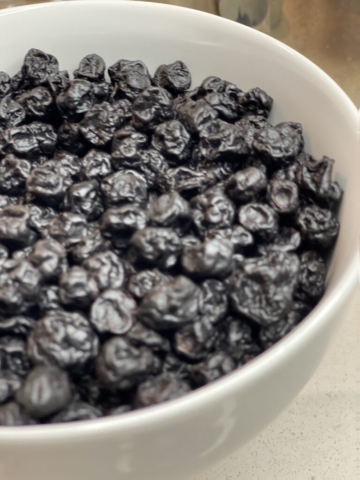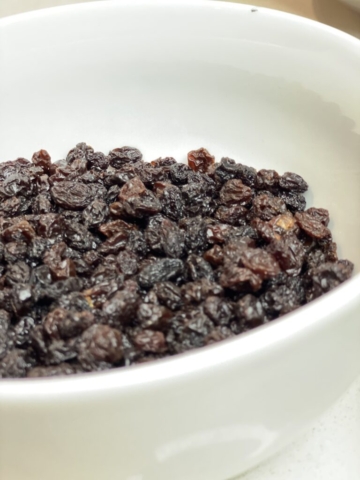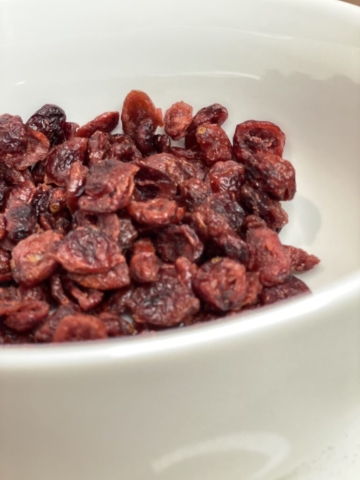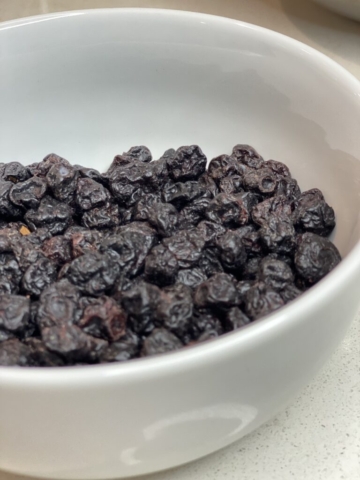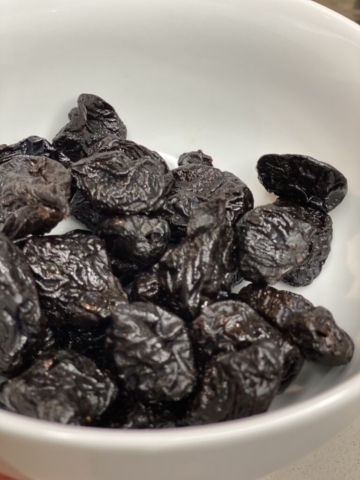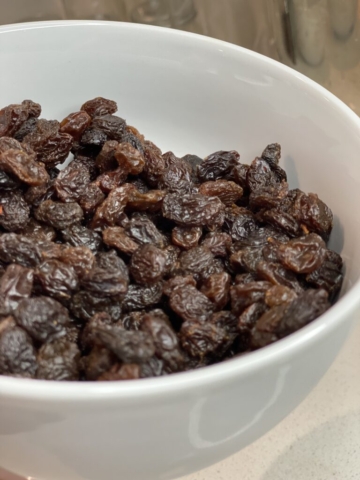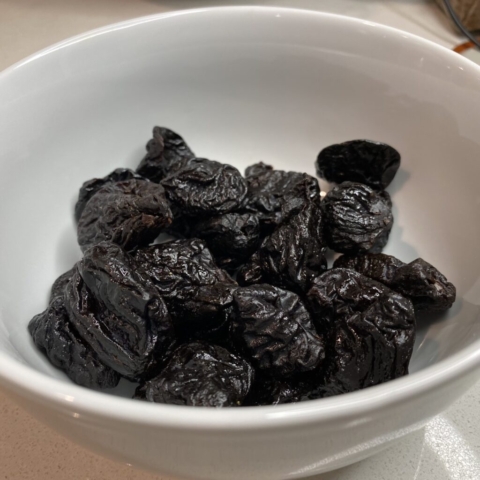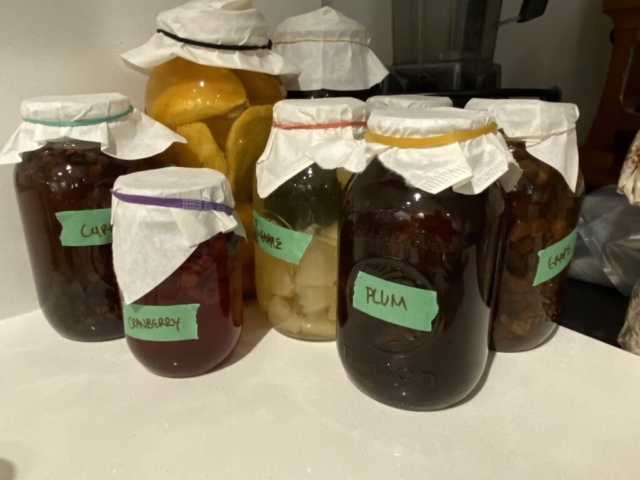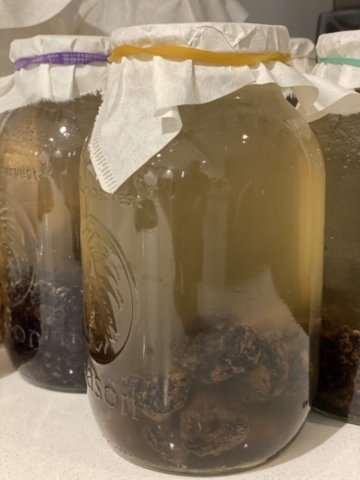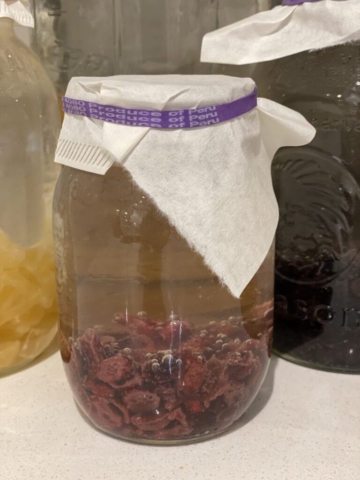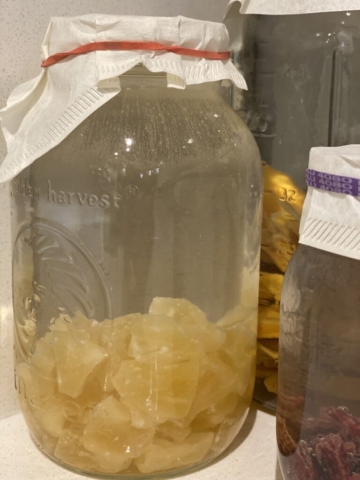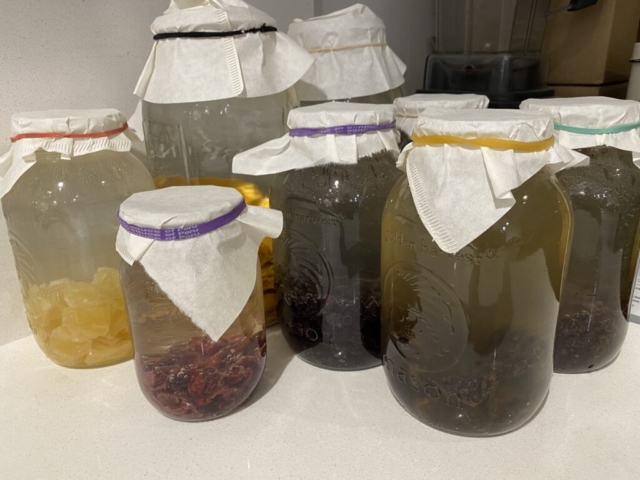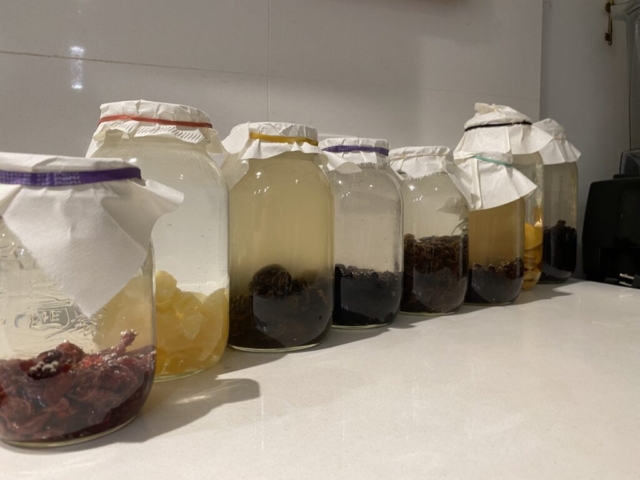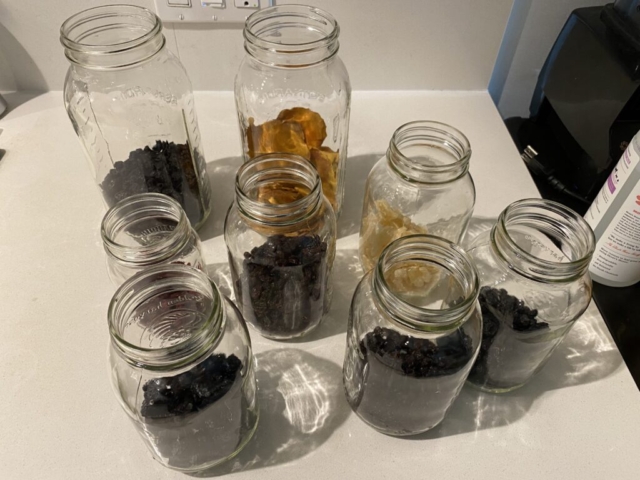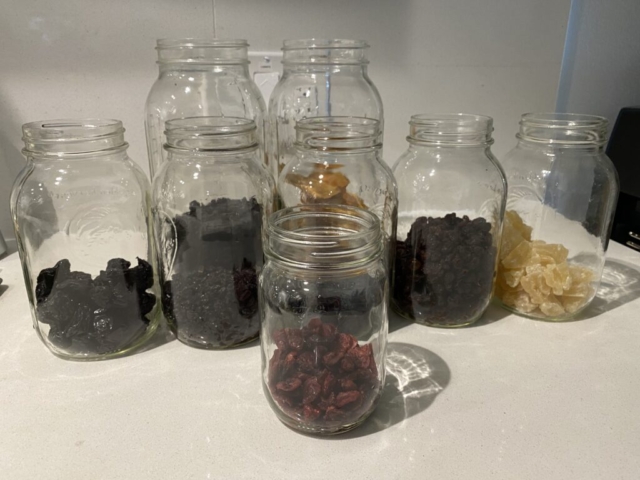This week’s endeavor: homemade vinegar.
Watching Pro Home Cooks on YouTube and it seemed easy. I’ve fermented things before… well really only kombucha, but I’ve done it on and off for years, so this felt right up my alley. And heck, this whole thing is about learning, experimenting and sometimes failing.
Between the Pro Home Cooks educational Youtube video and the accompanying blog post, I’ve learned some interesting stuff about homemade vinegar.
What is vinegar?
Vinum = wine
Acer = sour

Vinegar is a combination of acetic acid and water made by a two-step fermentation process.” (https://www.hsph.harvard.edu/nutritionsource/food-features/vinegar/). Typically vinegar contains 5-8% acetic acid by volume.
How do we use vinegar?
Let me count the ways… it’s a lot! Humans have both a long and extensive history with vinegar, being traced back to as early as 5000 BCE in Babylon and widespread as China, the Middle East and Greek. This incredible liquid has been used for just about everything that I could make one hell of an infomercial for it! It’s used for cooking (e.g. culinary flavor, acidic cooking ingredient, condiment), medicine (e.g.: digestive aid, antibacterial balm), preservation (e.g. pickling), cleaning (e.g.: removing mineral deposits and soap scum), and more!
That’s not to say that the vinegar we’re attempting to make will be used for all of these purposes. Predominantly we’re trying to make fruit vinegar for cooking and culinary uses.
What’s the process to make vinegar?
Vinegar Fermentation in Two Parts
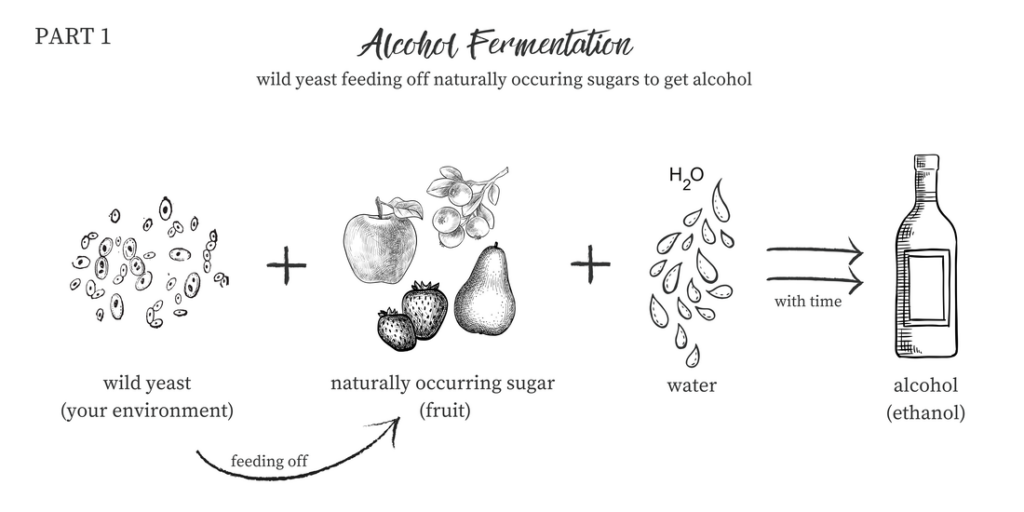
Part 1 – Alcohol Fermentation (sugar into alcohol)
- First step is to have the flavouring of your choice with naturally occurring sugar (i.e.: fruit).
- Wild yeast that is natural in the environment will feed off the sugar.
- The byproduct is alcohol.
- This will take ~20 days
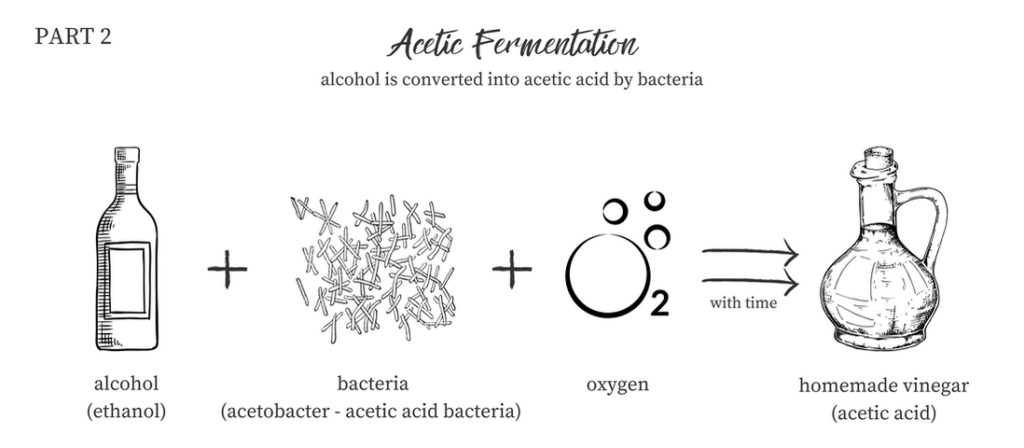
Part 2 – Acetic fermentation (transform alcohol into vinegar)
- The next step is straining out the fruit and allow oxygen to aid a bacteria called acetobacter to turn the alcohol into vinegar.
- Acetobacter thrives in 6-12% alcohol environments ( Anything below 6 or above 12 will die)
- That’s why we have lots of vinegars that derive from certain alcohols.
- Beer – Malt vinegar
- Sake – Rice vinegar
- Red wine – Red wine vinegar
- Apple cider – Apple cider vinegar
- If you leave exposed to oxygen, they will eventually turn to vinegar
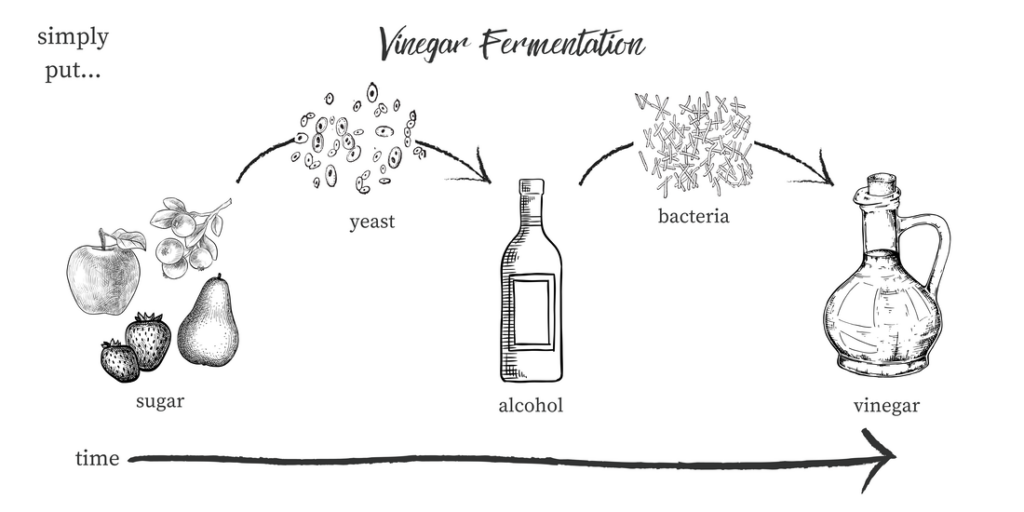
Let’s learn by doing!
The video we watched on Pro Home Cooks started with using fresh fruits. We’re going to jump to the portion of experimentation after he discovered that there was way better success with dried fruits (namely less of a mould issue!)
Steps for vinegar
- Sanitize glass jars
- Fill jar with fruits about 1/3
- Top up with water
- Cover opening with coffee filter and a rubber band (allows oxygen for the process but keeps away bugs like fruit flies)
- Stir every day.
- The first fermentation can take anywhere from 20 – 40 days but everyday you should take the time to stir up your vinegar and see how it develops and ages
- Strain off fruit
- Ferment for 10 more days with lid off
- When satisfied, cap it off to let it age for better flavor
It seems easy!
Let’s learn by doing. Here goes…
